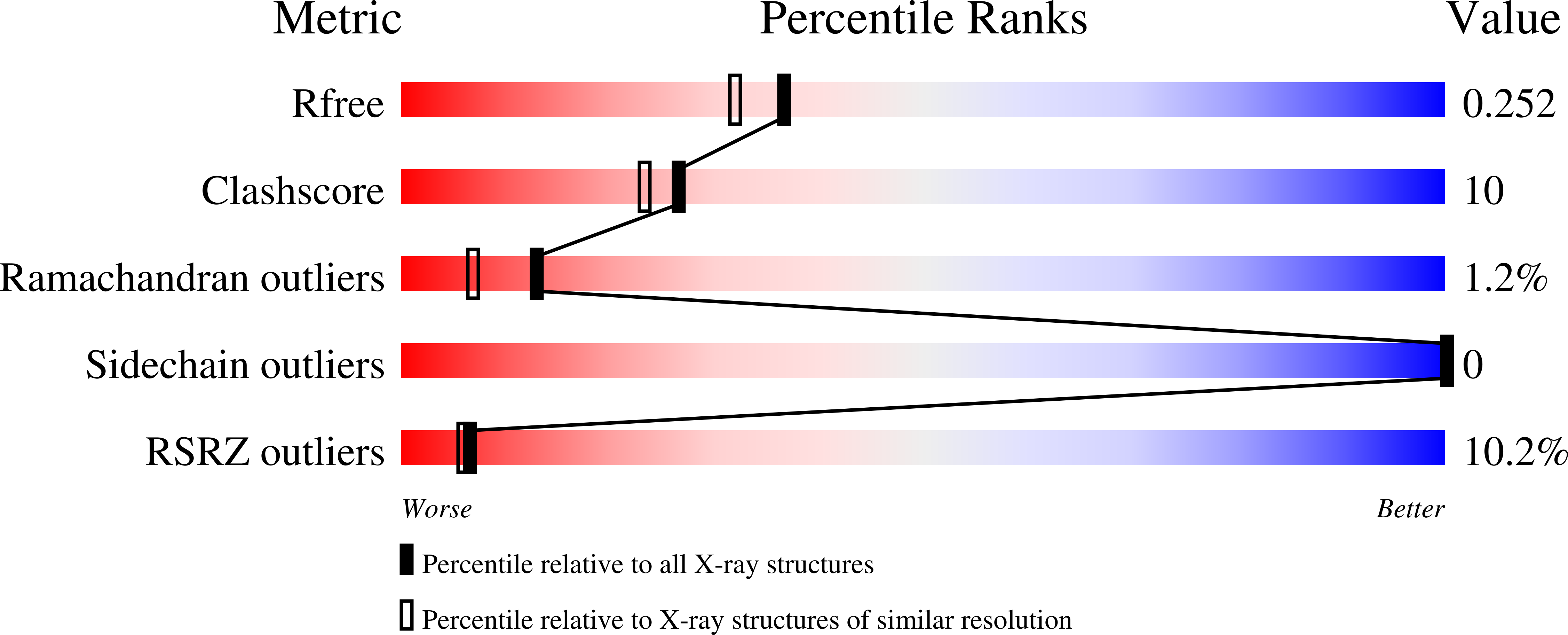
Deposition Date
2003-01-15
Release Date
2003-01-30
Last Version Date
2023-10-25
Entry Detail
PDB ID:
1J2X
Keywords:
Title:
Crystal structure of RAP74 C-terminal domain complexed with FCP1 C-terminal peptide
Biological Source:
Source Organism:
Homo sapiens (Taxon ID: 9606)
Host Organism:
Method Details:
Experimental Method:
Resolution:
2.00 Å
R-Value Free:
0.25
R-Value Work:
0.20
R-Value Observed:
0.20
Space Group:
C 1 2 1


